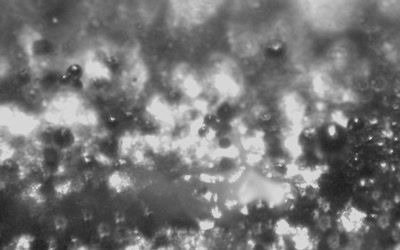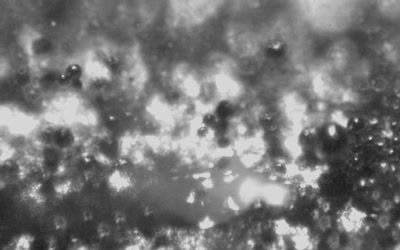Sponsored by CavitarReviewed by Louis CastelDec 13 2022
Researchers at the Lawrence Livermore National Laboratory have been exploring the beginnings of melt ejection and spatter in a laser powder bed fusion system, including a 600-watt (W) fiber laser.

Image Credit: Cavitar
The team’s findings were published in full in the journal Nature Scientific Reports 7, under the title “Metal vapor micro-jet controls material redistribution in laser powder bed fusion additive manufacturing” - the article can be found here: https://www.nature.com/articles/s41598-017-04237-z.
The publication was selected for nomination as part of Nature Sci Reports “Top 100 in Materials Science” collection.
The team demonstrated throughout the study that the vapor-driven entrainment of micro-particles by an ambient gas flow acts as the dominant mechanism for micro-droplet ejection in a laser powder fusion bed. This result conflicts with prior approaches and beliefs that the ejections primarily result from laser-induced recoil pressure.
The team captured the experiments using a high-speed camera with a microscope optic for frame rates up to 100,000 frames per second (fps) and an ultra-high-speed camera suitable for frames up to 1 million fps.
The team used the CAVILUX HF laser illumination, which eliminates the process light while facilitating appropriate illumination of the area of interest. During the study, the short pulses help prevent motion blur, a significant advantage when conducting analysis of fast-moving powders and melt particles.

Figure 1. Formation of a small protuberation. Image Credit: Cavitar

Figure 2. Neck formation. Image Credit: Cavitar

Figure 3. Ejection of liquid particle. Image Credit: Cavitar
Additive Manufacturing at 100.000 fps by LLNL + CAVILUX
Video Credit: Cavitar
Measurement Assembly
Ablation laser: 1064 nm, 250 W, traveling speed of 500 mm/s
Material: Ti64 powder
Camera: 666 kfps, 300 ns exposure
Illumination: CAVILUX HF 100ns pulse length
Imaging Technology
Camera up to 100 kfps: Photron SA-X2
Camera up to 1 Mfps: Shimadzu HPV-2
Illumination: CAVILUX HF System by Cavitar

This information has been sourced, reviewed and adapted from materials provided by Cavitar.
For more information on this source, please visit Cavitar.